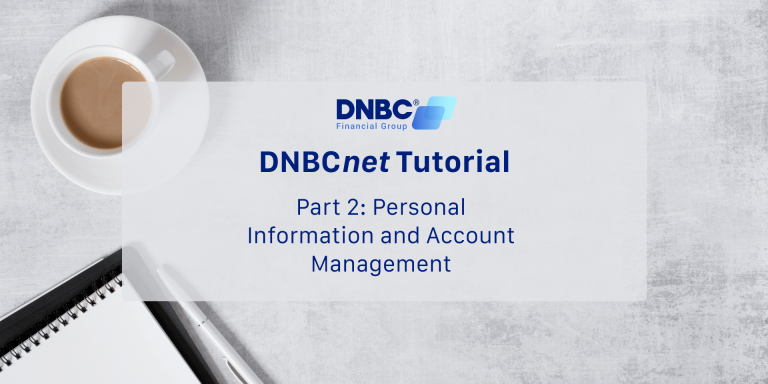P2P transfers, also referred to as person-to-person payments or peer-to-peer money transfers, offer a convenient and rapid way to send money to friends and family members. With your preferred peer-to-peer transfer app, you can make payments from your phone by just using the recipient’s email or phone number. This process is usually fast, easy, and sometimes even free of charge.
This guide will provide a summary of how the peer-to-peer transfer process works and introduce you to some popular P2P apps worth considering. One of the limitations of many P2P payment platforms is that they don’t support peer-to-peer international money transfers. Therefore, we will also introduce DNBC Financial Group as a practical solution that allows you to pay people worldwide quickly and at a low cost.
What is the peer-to-peer transfer?
What is peer-to-peer transfer meaning?
The term P2P represents peer-to-peer or person-to-person, and it refers to a decentralized method where individuals can communicate with each other directly without requiring any intermediary. In the context of payments, P2P usually refers to the easy and direct transfer of money to friends and family.
P2P payments can be conveniently set up using a smartphone app. These apps provide customers with the ability to send money directly to their friends or family from their bank account, credit card, or debit card in real-time. Depending on the provider, the recipient can either have the funds deposited directly into their bank account or they may need to have their own account with the provider to access their money.
P2P apps vary in their features and fees, so it’s important to research several options before selecting one. Some providers charge fees for payments, especially if you use a card to fund the transfer. Additionally, some platforms may not allow you to send money to non-USD accounts. Later on, we’ll discuss some of the most popular P2P options available.
What’s the difference between peer-to-peer transfer and UPI?
If you’re planning to transfer money to a friend, you might have come across UPI or Unified Payment Interface. UPI is a payment system commonly used in India, and there are plans to expand its usage internationally in the future. For more information about UPI, you can visit the NPCI website.
How does peer-to-peer transfer work?
P2P payment apps come with their own set of distinct features, but they share a common goal: making it easy to quickly transfer money to someone without having to provide any bank details. Typically, all you need is a user ID, email address, or phone number, making it an ideal way to divide expenses, split the costs of a ride with friends, or reimburse a family member who has paid for your meal. It’s more convenient than carrying cash, and it can also be more secure.
How long does peer-to-peer transfer usually take?
The duration of P2P payments can vary depending on the payment provider you choose and the destination of the payment. Some P2P payments are instant while others may take one or two days to arrive. The delivery time can also depend on the type of P2P app you are using. For instance, with PayPal, the transferred funds are first moved to the recipient’s P2P account, and then they need to withdraw the funds to their regular bank account, which is an additional step that may take a few days to process.
Popular peer-to-peer transfer apps
Venmo
Venmo is a well-known P2P service in the US that allows users to send money quickly and easily. It has an added social feature where you can attach messages and emojis when making payments. Venmo can also be used to make payments to businesses, making it a convenient option for managing day-to-day expenses. However, the service is limited to transactions within the US and only supports payments in USD. Therefore, it may not be suitable if you need to send money to someone in another country.
PayPal
You can use PayPal to transfer funds to both domestic and international recipients. The process is quick and can be completed online or through the PayPal mobile application. However, it’s essential to keep in mind that there are certain fees for certain payment services, such as domestic payments funded with a card, and the fees are very high for sending money internationally.
Google Pay
The last peer-to-peer transfer option we would like to introduce is Google Pay. Google Pay enables you to send money in the US, as well as in India and Singapore. Google Pay also integrates with other Google services, providing convenience for users to access their accounts and view their transactions.
Make international money transfer with DNBC Financial Group
If you want to transfer money abroad, the good option is to use DNBC Financial Group. We use the mid-market exchange rate and charge low, transparent fees for international payments. Most transfers arrive promptly, some even instantly, regardless of whether you’re sending money halfway around the globe.
About DNBC Financial Group
DNBC Financial Group is committed to simplifying global financial payments. Our services have expanded rapidly to assist individuals and businesses worldwide in reducing the expenses of international transactions and expenditures, receiving payments from overseas clients, transferring funds between international branches, and managing the risks associated with currency fluctuations.
DNBC Financial Group is your trusted provider in international money transfer
- Get 100% free 1-on-1 support
- 100% free account opening
- Seamless onboarding process
Or please contact DNBC
Email: [email protected]
Phone Number:
- +65 6572 8885 (Office)
- +1 604 227 7007 (Hotline Canada)
- +65 8442 3474 (WhatsApp)



 DNBC Team
DNBC Team







